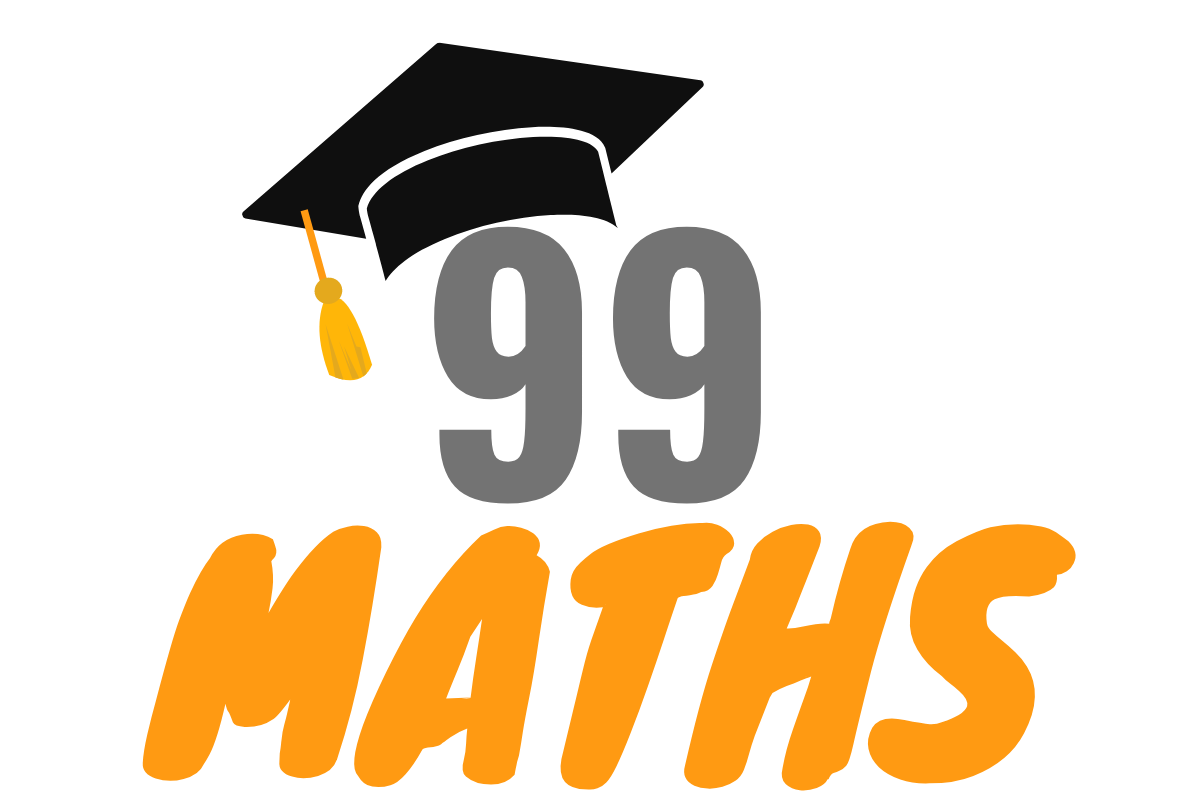he way students learn is changing, and Question.AI sits at the intersection of innovation and practicality. This platform isn’t about flashy promises or exaggerated claims—it’s a straightforward resource built to simplify academic challenges. Imagine having a study aid that doesn’t just spit out answers but walks you through the messy middle ground of problem-solving. That’s where Question.AI shines, offering tools that adapt to real classroom needs without the hype.
What Makes It Work: Features That Feel Human
Question.AI’s toolbox isn’t just another collection of random features. Take the Ask AI function, for instance. It handles everything from scanning handwritten equations to untangling essay drafts, but what stands out is how it mirrors the way a good teacher explains things—patiently, step by step. There’s a calculator for quick number crunching, book summaries that cut through the fluff, and textbook solutions that actually make sense. And when you’re stuck between languages, the translation tool covers over 50 of them, not just for show but to bridge real communication gaps in learning.
Then there’s the AI Search—no endless scrolling here. It gets straight to the point, serving up answers without the clutter. But here’s the kicker: none of these tools pretend to be perfect. They’re designed to stumble a bit, just like a human tutor might pause to rethink an approach, which ironically makes the learning process feel more authentic.
Solving Problems, Not Just Equations
Let’s get concrete with that math example: -3√3 – √8 – 3√3. At first glance, it looks like alphabet soup mixed with numbers. But Question.AI’s breakdown is where the magic happens—not because it’s flawless, but because it leans into the awkwardness of learning. Here’s how it works:
First, the platform spots patterns. Those “-3√3” terms? They’re twins, so combining them makes sense. But then there’s the oddball √8. Instead of forcing a connection, the tool acknowledges they’re different—like separating apples from oranges before counting. Next, it applies basic arithmetic rules (remember BODMAS?) without assuming you’ve memorized them. The result? A simplified “-2√8” that feels less like a robotic answer and more like a collaborative discovery.
This isn’t about memorizing steps. It’s about seeing how messy problems hide simple structures—a skill that matters way beyond math class. The explanations include stumbles, like briefly considering if √8 can be simplified further before moving on, which oddly makes the logic more relatable.
Why It Matters for Real Learning
In a world where apps often prioritize speed over depth, Question.AI takes a different route. Its strength isn’t just in solving problems but in exposing the gears turning behind the scenes. When it walks you through an essay revision, for example, you’ll notice phrases like “Maybe try rephrasing this” instead of robotic edits. The platform’s occasional hesitations—like suggesting two ways to approach a history question—mirror how actual learning happens: through trial, error, and gradual clarity.
This approach does something subtle but important. By showing work-in-progress thinking (e.g., “We could simplify √8 to 2√2 here, but let’s stick with the original form for now”), it reminds users that problem-solving is fluid, not a rigid formula. The platform’s “imperfect” style—occasional redundancies, conversational asides—paradoxically makes complex topics feel manageable.
The Bigger Picture: Learning as a Journey
Question.AI isn’t trying to replace teachers or textbooks. It’s more like a backup guitarist in a band—supporting the main act without stealing the spotlight. For students drowning in information overload, the platform cuts through noise by focusing on process. Take its language tools: translating a Spanish paragraph isn’t just about swapping words; it’s about comparing sentence structures side by side, helping users spot differences organically.
Even the book summaries have a twist. Instead of reducing To Kill a Mockingbird to three bullet points, they highlight thematic threads—not perfect, but enough to spark curiosity. It’s this balance between utility and imperfection that sets the platform apart. You won’t find claims like “ace your exams in 3 days!” Just steady, sometimes meandering guidance that respects the user’s intelligence.
Final Thoughts
Let’s be clear—Question.AI won’t hand you an A+ on a silver platter. What it does is far more valuable: it meets learners where they are. The platform’s occasional clunkiness (like taking an extra step to explain why √8 isn’t simplified in a final answer) reflects real-world problem-solving, where neat solutions often hide messy thinking.
In the end, this isn’t about AI replacing human effort. It’s about creating a space where confusion is okay, where wrong turns are part of the path. By blending structured guidance with room to explore, Question.AI doesn’t just give answers—it helps users build the muscle to find their own. And in today’s fast-paced academic world, that’s a tool worth keeping in your back pocket.





